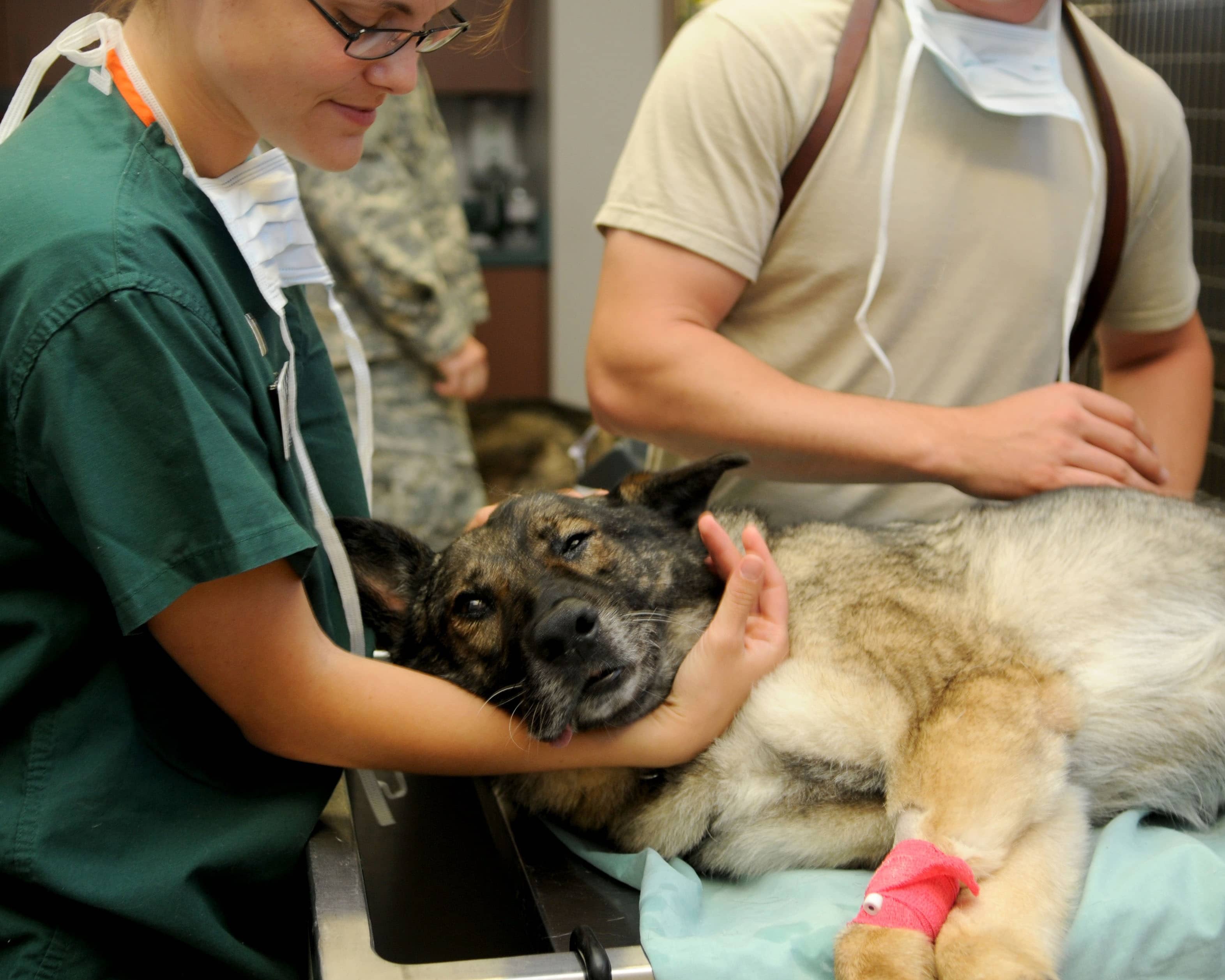How to Nurture a Positive First Vet Experience for Your Dog

Introducing your dog to the vet for the first time is an important milestone that sets the stage for a lifetime of healthy care. This initial visit not only creates a baseline for your pet’s health but also builds trust between you, your dog, and your veterinarian. Here’s a comprehensive guide on preparing for and navigating your dog’s first veterinary appointment.
Preparation Steps
Taking the time to prepare both you and your furry friend can make all the difference. Prior to the visit, ensure that your dog’s vaccines are current; avoid scheduling trips to dog parks or professional groomers until they’re fully protected. Gradually acclimating your pet to gentle handling—such as touching their ears, paws, and mouth—will help diminish anxiety during examinations.
Even if your dog isn’t fully trained, don’t postpone the appointment. Veterinary professionals are skilled in managing a range of canine temperaments. Consider packing these essential items for the visit:
- Medical Documentation: Bring any previous health records to help the vet identify any gaps in routine care, including vaccination schedules, heartworm tests, or fecal examinations.
- Secure Leash and Collar: A well-fitted collar and sturdy leash are crucial, as the unfamiliar environment might trigger stress or restless behavior.
- Treats: Reward your dog with some of their favorite treats to reinforce positive behavior and create a more enjoyable experience.
During the Visit
Arriving at the clinic ahead of time allows you to complete necessary paperwork and settle any preliminary details. Keeping your pet on a leash is recommended, as waiting areas can expose them to other animals. A small stock of treats will also help in maintaining calm behavior while waiting.
The Physical Examination
During the consultation, your veterinarian will perform a complete physical evaluation. This involves both visual inspection and palpation from head to tail. The routine exam typically includes checks of the following areas:
- Eyes, Ears, and Teeth: Assessing for infections, abnormal growths, and signs of aging.
- Neck and Abdomen: Examining for abnormalities like hernias.
- Skin and Coat: Looking for signs of parasites or skin issues.
- General Vital Signs: Monitoring temperature, heart rate, and respiration, along with assessing mobility to detect any musculoskeletal or neurological concerns.
Additional Diagnostic Tests
If any irregularities are discovered during the exam, or if there’s incomplete history available, the veterinarian might suggest further testing. This could include tests for heartworm, tick-borne diseases, or fecal analysis to rule out intestinal parasites. Early detection through these tests is key to prompt and effective treatment.
Vaccination Guidelines
Core Vaccinations: Core vaccines protect against several serious diseases. For puppies, a series of vaccinations—typically beginning around six weeks of age—is administered in multiple doses until they reach 16 weeks. For older dogs, a similar protocol applies, though the dosing schedule might be adjusted. It is standard practice to provide a booster within one year after the initial series, followed by subsequent revaccinations every three years.
Non-Core Vaccinations: These shots are recommended based on lifestyle and environmental risk factors. Examples include:
- Leptospira: Administered in two doses starting at 12 weeks of age.
- Bordetella/Parainfluenza: Often given as a single nasal or oral dose annually.
- Lyme Disease: Typically requires two doses with an annual booster if the dog’s exposure risk is high.
Be sure to discuss with your veterinarian which vaccines are most relevant to your dog’s circumstances and region.
Engaging with Your Veterinarian
A proactive approach during the visit can help ensure your dog receives well-rounded care. Consider asking your vet questions such as:
- Is my dog’s vaccination series complete, and what additional shots might be needed?
- What common health conditions are associated with my dog’s breed, and what precautions can I take?
- What signs should I monitor that might indicate the development of health issues?
- Did you notice any health concerns during the examination?
- Are there additional routine checks (like heartworm tests, fecal examinations, or blood tests) that my dog should have?
These queries foster a better understanding of your dog’s overall health and help in establishing a solid healthcare plan.
Final Thoughts
Your dog’s first routine check-up does not have to be an intimidating experience. With thoughtful preparation, clear communication with your veterinarian, and a few tasty treats in hand, you can transform that visit into a smooth and positive start for many healthy years ahead.